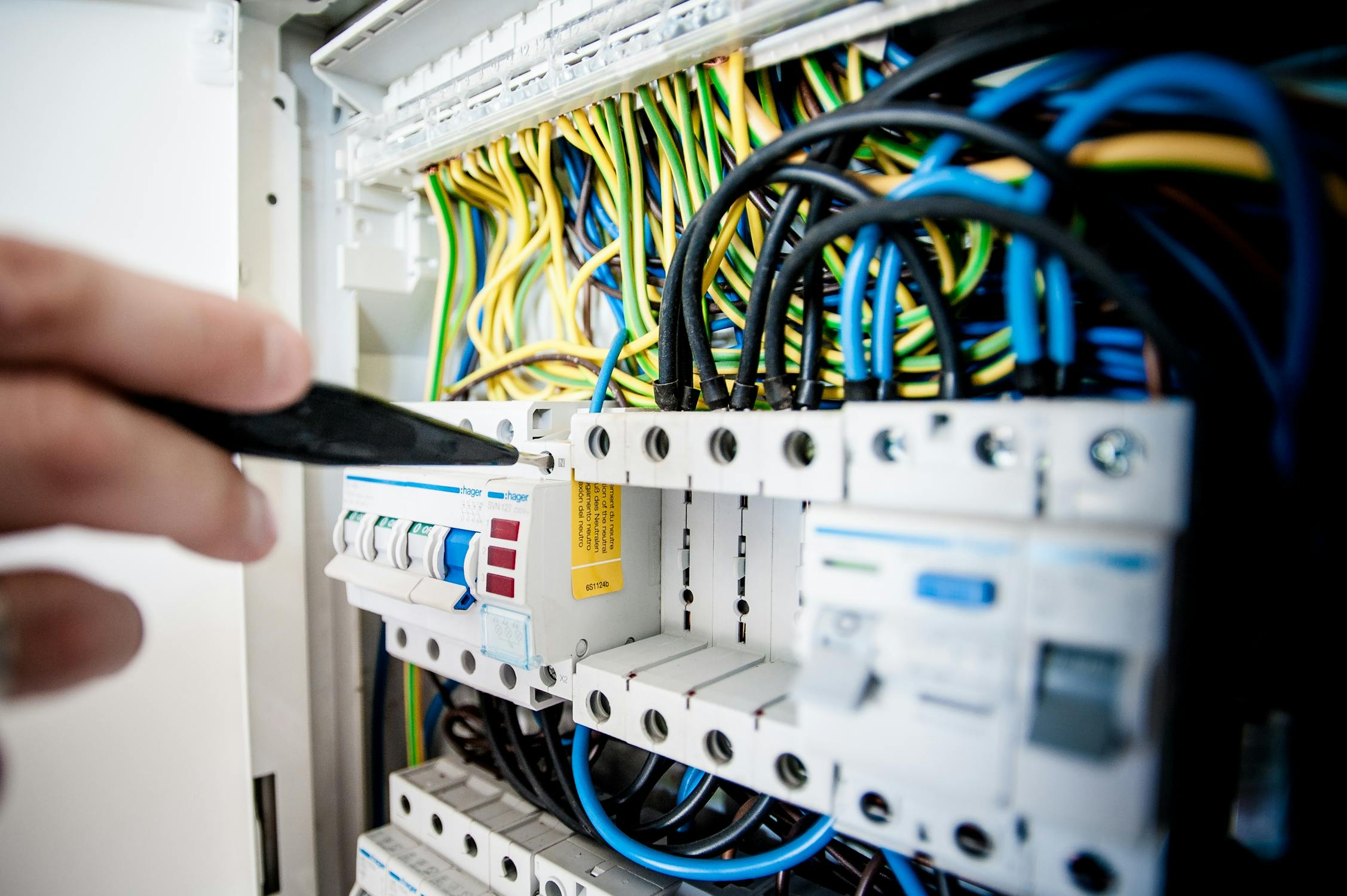In today’s interconnected world, ensuring an uninterrupted power supply is not a luxury—it’s a necessity. For businesses, homeowners, and professionals who depend on consistent energy, a reliable uninterruptible power supply (UPS) is indispensable. Whether you’re facing a “snowbreak” scenario—where adverse weather conditions interrupt power—or looking to safeguard critical systems, locating and choosing the right UPS can make all the difference.
This article explores the importance of UPS systems, how to locate and select the best one for your needs, and why they’re an essential part of modern power management.
Understanding an Uninterruptible Power Supply (UPS)
A UPS is a device that provides emergency power when the primary source of electricity fails. Unlike generators, UPS systems are designed to kick in Uninterruptible Power Supply immediately, preventing even a millisecond of downtime. They protect sensitive electronics, data, and equipment from sudden power outages, surges, and voltage fluctuations.
Key Components of a UPS
- Battery Backup: Stores energy to provide power during outages.
- Inverter/Converter: Transforms stored battery energy into usable AC power.
- Surge Protection: Shields connected devices from voltage spikes.
- Monitoring Software: Offers insights into power usage and battery health.
The Importance of a UPS in Snowbreak Scenarios
Adverse weather events like snowstorms, ice storms, or “snowbreak” conditions can wreak havoc on power infrastructure. These disruptions not only lead to inconveniences but also pose serious risks to productivity, data security, and even personal safety.
Why a UPS is Crucial During Snowbreaks:
- Ensures Device Protection: Prevents damage to electronics from sudden power loss.
- Maintains Connectivity: Keeps internet routers and communication devices operational.
- Prevents Data Loss: Safeguards critical files and systems by allowing time for proper shutdowns.
- Supports Medical Devices: Ensures life-critical equipment continues functioning in emergencies.
How to Locate a Reliable UPS
Finding the right UPS system for your needs involves understanding your power requirements and the specific challenges posed by “snowbreak” or other environmental factors. Here’s a step-by-step guide to locating the perfect UPS:
1. Determine Your Power Needs
Identify the devices and systems you want to protect. Calculate their combined wattage to determine the UPS capacity (measured in VA or Watts) required.
2. Choose the Right Type of UPS
There are three main types of UPS systems:
- Standby UPS: Ideal for home or small office use. Provides basic battery backup and surge protection.
- Line-Interactive UPS: Suitable for environments with frequent voltage fluctuations. Adjusts voltage without switching to battery power.
- Online UPS: The best choice for critical applications. Offers continuous power supply by converting AC to DC and back to AC.
3. Evaluate Runtime and Battery Capacity
Consider how long the UPS needs to sustain power. Short outages may require only a few minutes of backup, while extended snowbreak scenarios might need a longer runtime.
4. Check for Key Features
- Automatic Voltage Regulation (AVR): Adjusts voltage fluctuations without draining the battery.
- Multiple Outlets: Accommodates multiple devices with surge-protected and battery-backed outlets.
- Monitoring Software: Allows remote management and alerts for power status.
- Expandability: Some UPS systems offer external battery packs for extended runtime.
5. Assess the Brand and Warranty
Reputable brands like APC, CyberPower, and Eaton offer high-quality UPS systems with reliable warranties. Ensure the product meets industry standards for safety and performance.
6. Purchase Locally or Online
UPS systems are available through electronics retailers, office supply stores, and online platforms. Look for vendors that offer detailed product specifications, customer reviews, and installation support.
Top UPS Recommendations for Snowbreak Scenarios
1. APC Back-UPS Pro BR1500MS
- Capacity: 1500VA/900W
- Runtime: ~10 minutes for a standard PC setup
- Features: LCD display, AVR, and software monitoring
- Best For: Home offices and small businesses
2. CyberPower CP1500PFCLCD
- Capacity: 1500VA/1000W
- Runtime: ~8-10 minutes under full load
- Features: Pure sine wave output, AVR, and user-friendly design
- Best For: High-performance electronics and gaming systems
3. Eaton 9SX1500i
- Capacity: 1500VA/1200W
- Runtime: ~9 minutes at full load
- Features: Online UPS with robust surge protection
- Best For: Critical systems and industrial applications
4. Tripp Lite SMART1500LCDT
- Capacity: 1500VA/900W
- Runtime: ~10 minutes at 50% load
- Features: LCD interface, AVR, and USB ports
- Best For: Versatile use in small to medium setups
Installation Tips for UPS Systems
Once you’ve located the right UPS, proper installation is critical to ensure optimal performance during snowbreaks or other outages:
- Choose the Right Location: Place the UPS in a cool, dry, and well-ventilated area. Avoid placing it near heat sources or water.
- Connect Devices Strategically: Prioritize essential devices like computers, modems, and medical equipment for battery-backed outlets.
- Test the System: Simulate a power outage to ensure the UPS activates as expected and supports connected devices.
- Regular Maintenance: Check battery health periodically and replace it according to manufacturer guidelines.
The Future of UPS Systems in Extreme Conditions
Technological advancements are making UPS systems more efficient and adaptable to extreme conditions like snowbreaks. Innovations such as lithium-ion batteries, solar-powered backup systems, and AI-based monitoring tools are enhancing their performance and reliability.
Emerging Trends in UPS Technology:
- Smart Integration: Integration with smart home and IoT systems for seamless control.
- Eco-Friendly Solutions: Solar-compatible and energy-efficient designs.
- Scalable Systems: Modular UPS systems that grow with your power needs.
Conclusion
A UPS system is not just a safety net; it’s an investment in resilience and peace of mind. Whether you’re preparing for snowbreak conditions or safeguarding critical systems, choosing the right UPS ensures that your devices, data, and productivity remain unaffected by power disruptions.
By understanding your power needs, selecting the right type of UPS, and maintaining the system properly, you can navigate power outages with confidence. As the digital world becomes increasingly reliant on continuous energy, a reliable UPS is your first line of defense against unexpected interruptions.











